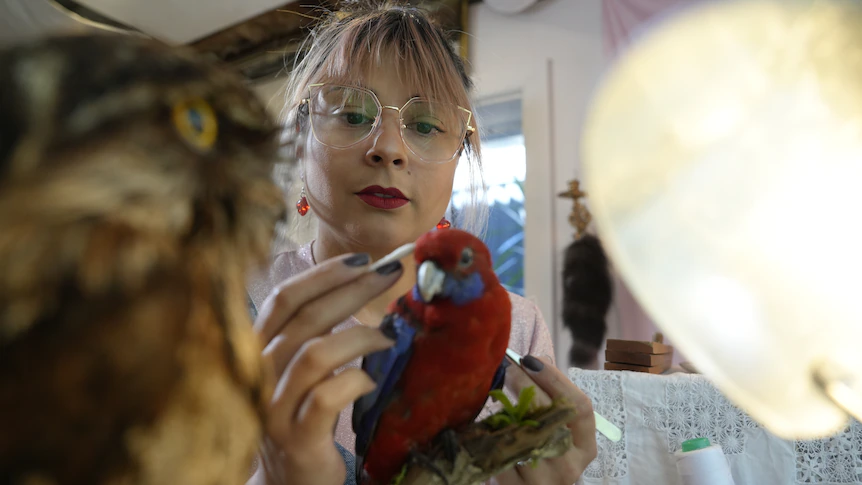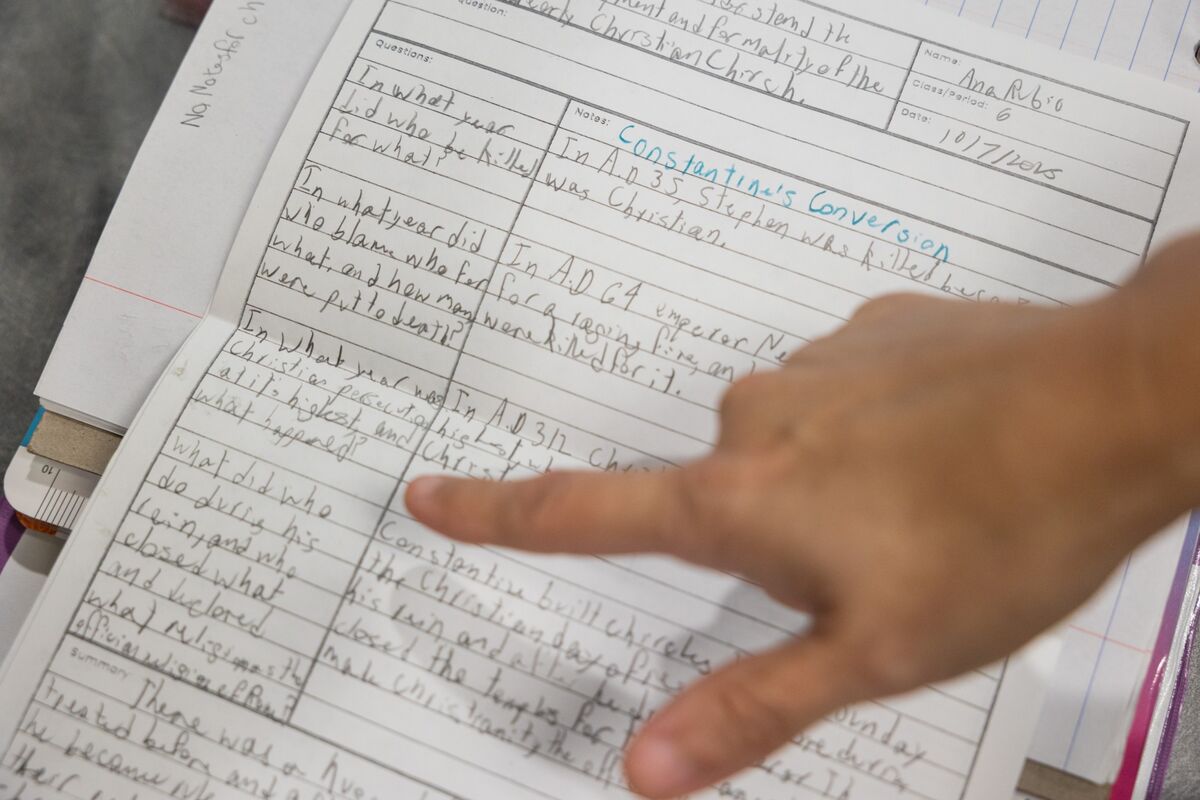Copyright abc

Roshana Van der Wall's workspace is typical of many taxidermists. There is a jar of glass eyes, a scalpel and a sharp objects bin, along with a pot of fine-tip paintbrushes on her desk. A taxidermied mynah bird perched on a teacup sits nearby too. It was a primary school museum excursion decades ago that piqued Ms Van der Wall's interest. The experience even made her consider getting her cat taxidermied upon its death. Years later when her cat did pass on, Ms Van der Wall did not have the resources to taxidermy her pet — so following a standard burial, she researched everything she could about the practice. Starting with a chick, Ms Van der Wall then taxidermied rats, birds and rabbits, her confidence growing with each finished piece. Her recent commission from Central Coast Council for their education centres was a yellow-tailed black cockatoo with the specimen provided by the council's environmental education officers. A research scientist by day, Ms Van der Wall sees taxidermy as a passion she one day wishes to pursue full-time. The beauty of a washed up leatherback turtle For 20 years Katrina McCormick has been a natural science preparator at the Australian Museum in Sydney, after starting at the organisation in a volunteering capacity. The taxidermy process typically starts with skinning an animal. For animals except birds, the skin is then tanned, meaning treated, and fitted over an artificial body, often made from carved foam or sculpted wire. Ms McCormick's role includes creating displays in the museum, but mainly preparing skins and skeletons for the research collection. To clean the bones of some animals and birds, she uses a colony of flesh-eating beetles. "Recently there was a leatherback turtle that washed up and I prepared the skeletal material," she said. "It was a huge effort. I was wearing waders that still are imbued with the smell of the leatherback." The Australian Museum's specimens come from Taronga Zoo, public donations and also national parks thanks to authorisation from relevant bodies. Australia's lack of formal taxidermy education Once a syllabus offered in tertiary education, taxidermy has not been formally taught in Australia since the 1970s. Those like Ms Van der Wall who wished to learn the art form looked to mentors or small businesses both nationally or overseas. "You either have to attach yourself to a taxidermist or do it yourself trial and error. I wanted to learn properly in a set environment," she said, crediting a group of Melbourne-based taxidermists. "There's a place for it [formal qualifications], especially in conservation degrees and museum studies." Ms McCormick got her start after seeing an advertisement in her local newspaper in New Zealand, looking for an airbrush artist job for a taxidermist. "I referred to myself at the time as a makeup artist for dead animals," Ms McCormick said, noting she picked up skills along the way from colleagues. "I think it's an interesting point and that it could consolidate a lot of information and practice that goes on. But I suppose that's what the internet is for these days," she said of the potential for taxidermy education. Opportunity to 'encounter our rare species' Despite Australia not having a formal qualification process, taxidermists are allowed to preserve Australian native specimens in NSW outlined by the Biodiversity Conservation Act (2016) under a professional taxidermy licence. A licensed taxidermist is only authorised to possess, buy, sell and trade specimens from animals they did not harm. In 2024, a total of 10 licences authorising taxidermy were granted. There are currently 60 valid licences in NSW. A NSW Department of Climate Change, Energy, the Environment and Water spokesperson said taxidermy gives people the "opportunity to encounter our rarer species". "Taxidermy enables them to see the species, while highlighting the animal or bird's rarity and need for conservation," they said. "Similarly in a museum setting, the shape, fur or feathers, and different parts of an animal can be clearly seen and examined up-close without stressing or harming a live animal, helping to educate thousands of visitors a day." Ms Van der Wall works with roadkill, euthanised ferals or people's pets that have been brought to her for memorial work. "I don't like people hiding behind the phrase 'ethical taxidermy'. I think it can be a bit grey because ethics vary person to person," she said. "Instead, I say I do sustainable taxidermy which means I don't take things from their environment and nothing is killed for the work." Ms McCormick added: "It's a rich journey — the privilege of the proximity to extraordinary creatures is quite amazing. "It's not the macabre pursuit it's perceived to be."



